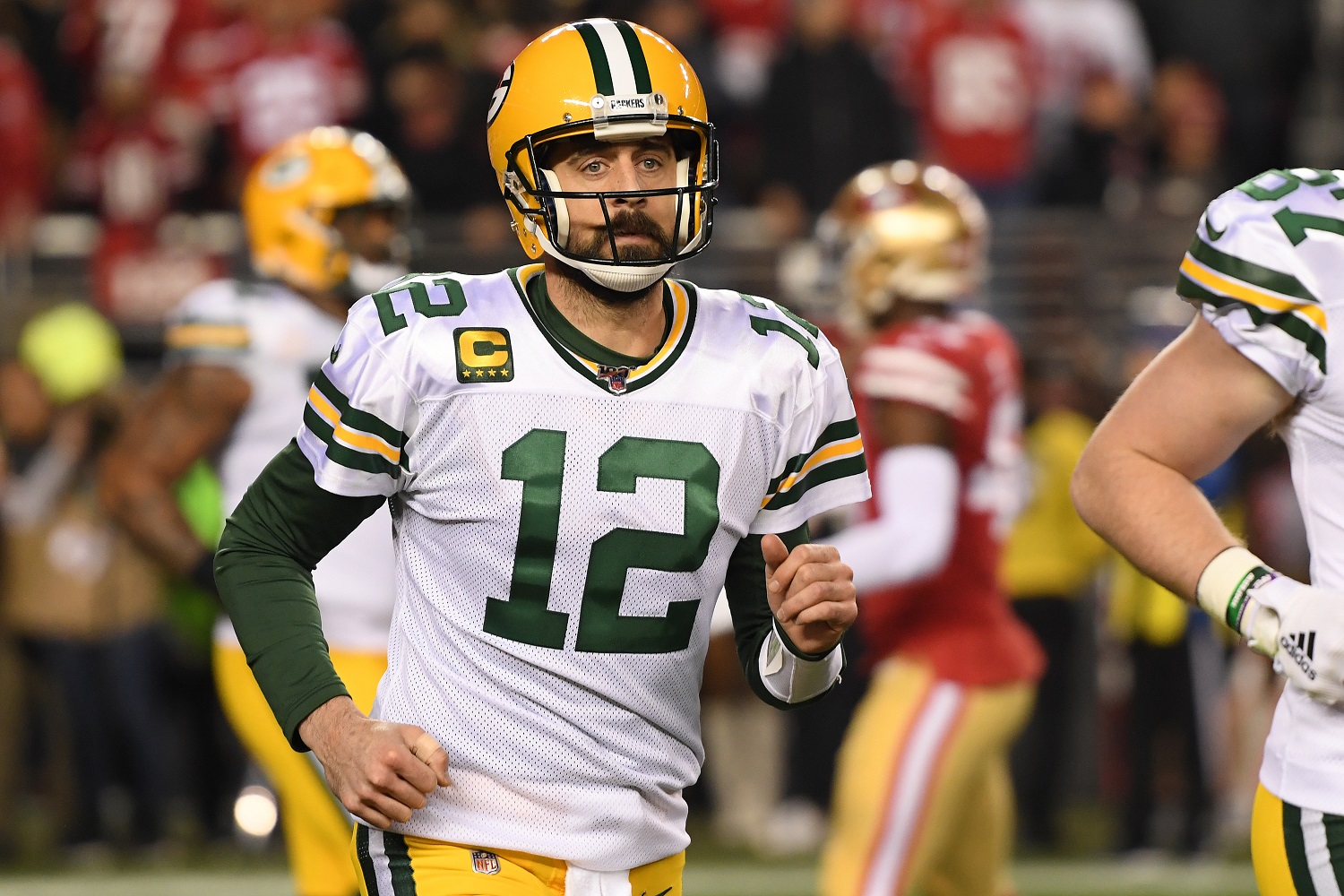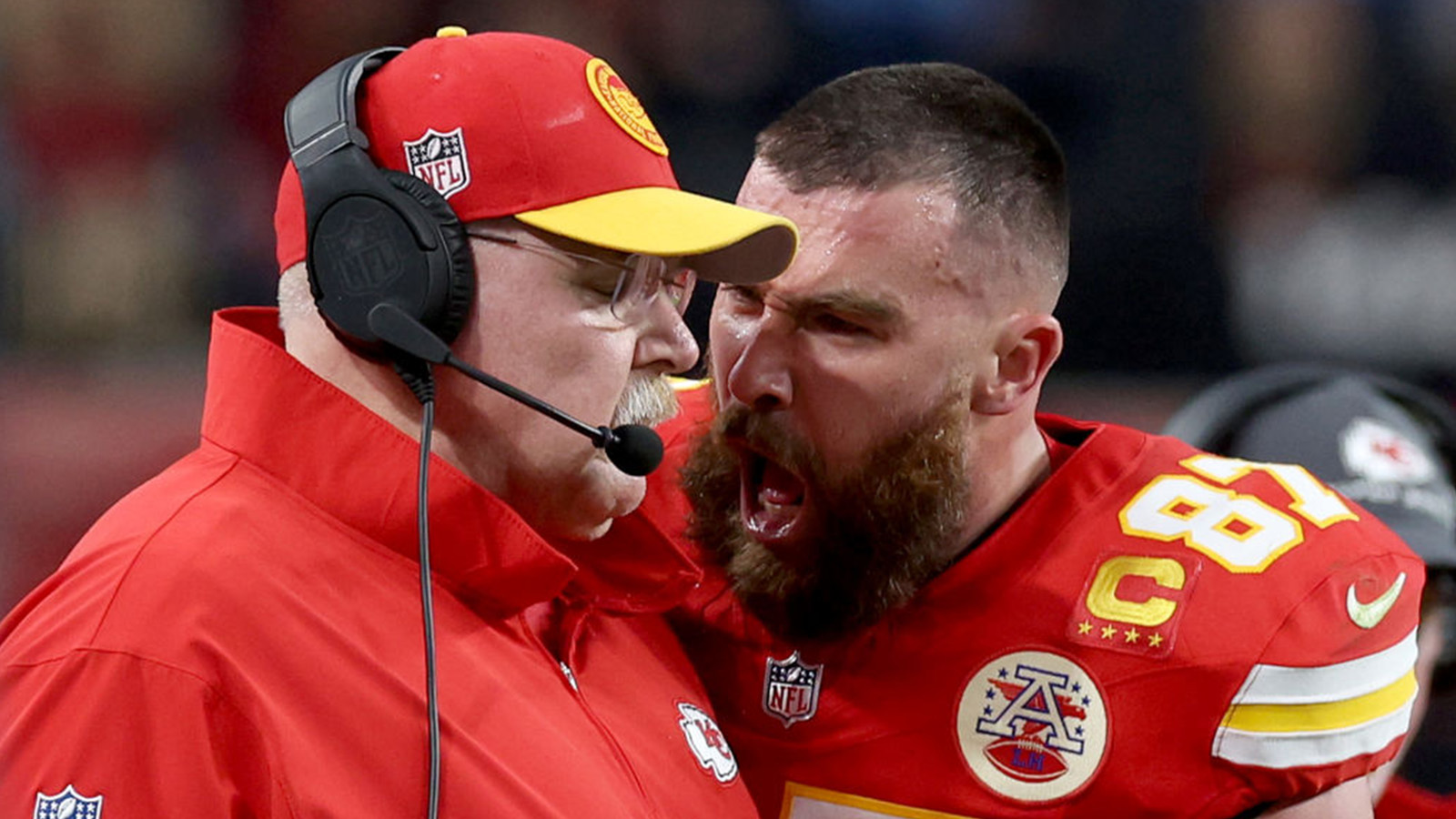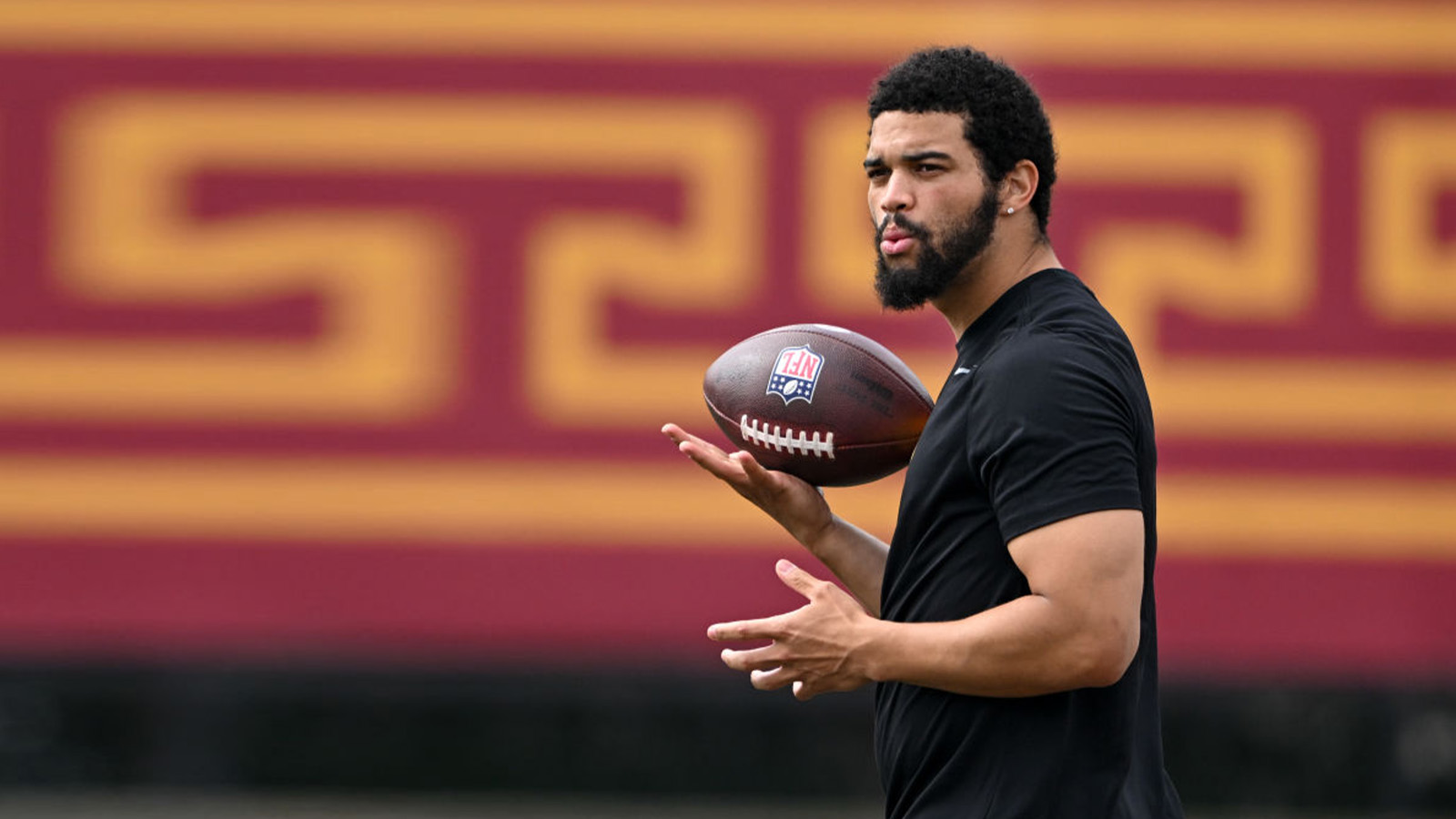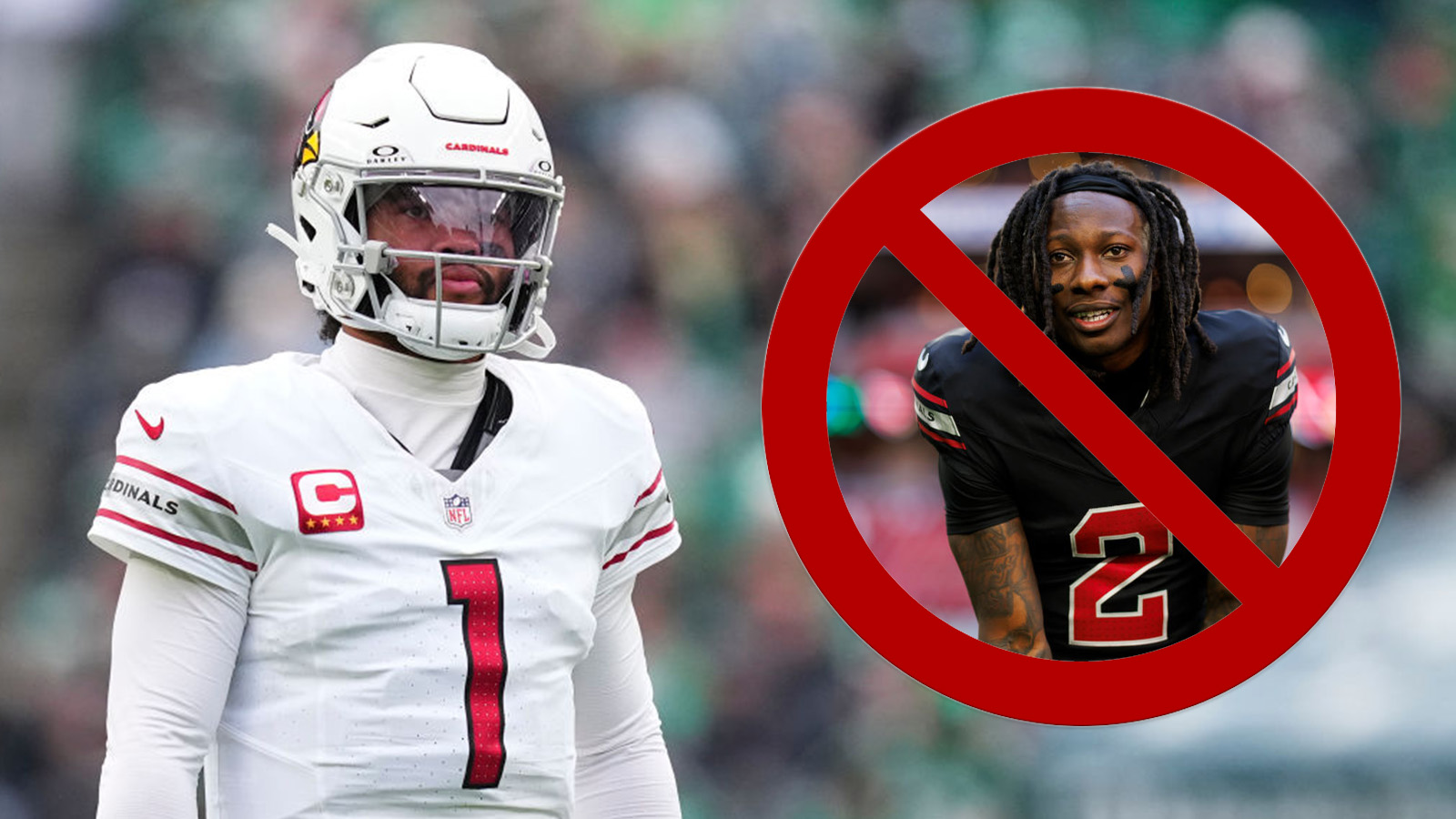
An NFL Team Spills the Beans on Why There Will Be a 2020 Season
The team in the NFL’s smallest market can nearly break even without selling a single ticket. It’s the reason why owners will do whatever it takes to play this fall while the country continues to wrestle with the COVID-19 pandemic. As long as ESPN and the broadcast networks keep paying, the Green Bay Packers and their 31 pro football partners will keep playing.
The Green Bay Packers have disclosed their finances
The Green Bay Packers are an American pro sports anomaly because the team is publicly owned, an arrangement no longer permitted by the NFL but grandfathered in for the league’s most storied franchise.
Green Bay Packers Inc. has been a publicly owned, nonprofit corporation since the IPO in 1923. There have been four subsequent stock offerings, and 361,169 people hold a combined 5,009,562 shares, according to the club.
The last stock offering came in 2011 at a price of $250 a share. Based on the $2.85 billion valuation that Forbes has on the Packers, that would seem to make each share worth around $570, but that’s not how the math works.
Green Bay Packers stock technically has no value and isn’t transferable. On top of everything else, the Packers do not pay a dividend to shareholders. When “investors” buy shares, most are doing so just to be able to hang their stock certificates on the wall to advertise their devotion to the franchise built by the likes of Vince Lombardi, Bart Starr, and Brett Favre.
The Packers have used the proceeds from their stock sales primarily for capital projects such as stadium improvements. The most recent stock sale financed the $146 million overhaul of historic Lambeau Field that added 7,000 seats and two new video replay boards.
On Tuesday, July 21, the Packers disclosed what many have long suspected: They don’t need to sell those 7,000 seats or any of the others.
The team turned a solid profit for the 2019 season
Though the Green Bay Packers don’t act like Microsoft, or most other publicly traded companies when it comes to allowing stockholders to transfer shares or collect dividends, they do have a responsibility to issue an annual report to the shareholders.
The new report shows record revenue of $506.9 million for last year and indicates they could potentially get through the upcoming season without dipping into their $441 million corporate reserve fund, the Green Bay Press-Gazette reported.
It’s possible because of the massive money the NFL takes in from television and league sponsorships and then splits 32 ways. Packers president and CEO Mark Murphy said the team’s share of league revenue was $296 million, up 7.9% from the year before. That easily covered the team’s $243.1 million in player salaries and benefits.
The Packers’ profit from operations was $70.3 million and net income was $34.9 million.
What does Green Bay’s prosperity mean for the rest of the NFL?
Most NFL teams can’t say for sure yet if any fans will be allowed to attend games this season – or if there will even be a season. With so much TV money waiting to be collected, the NFL will play in empty stadiums if necessary. Green Bay Packers president and CEO Mark Murphy is projecting home crowds capped at between 10,000 and 12,000, but the team would still be profitable at that level. And the Packers will empty the stands if necessary.
“Any decision on fans will be made on health and safety reasons, not economic reasons,” Murphy said. “We are following CDC guidelines.”
Teams in larger markets have higher expenses and would likely lose money playing the season with limited or no attendance. However, everyone from the Packers to the Dallas Cowboys will have two factors working in their favor:
- NFL players’ share of the pot is based on the league’s gross revenue, which in turn sets the salary cap. The $200 million ceiling for each team stands to come down considerably in 2021, and attendance could climb substantially over 2020. That’s a double win for owners.
- The NFL’s current TV contracts are coming up for renewal. The NFL has already approved an extra wildcard playoff game in each conference and is likely heading to a 17-game schedule in 2021. Combined with the traditional annual increases the NFL harvests by playing the networks against each other, record amounts of money will be flowing.
Total NFL revenue, mostly from the TV contracts, distributed to teams last year was $9.44 billion, according to Action Network.



